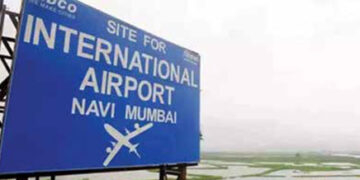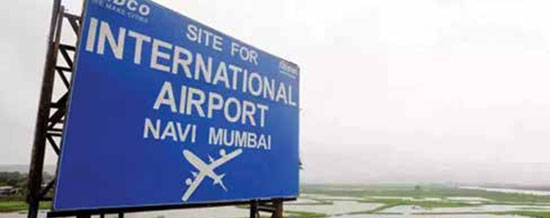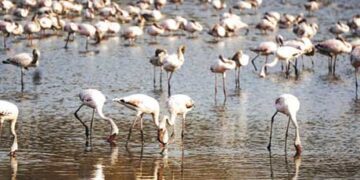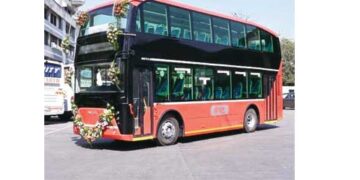Team Blitz India
MUMBAI: The Navi Mumbai International Airport Ltd (NMIAL), is preparing to seek environmental clearance for increasing its passenger handling capacity from 60 million passengers per annum (mppa) to 90 mppa.
As per sources, environmental consultants, EQMS India, entrusted with the job of preparing a proposal to apply for environmental clearance, is likely to submit the same to the Ministry of Environment, Forests & Climate Change (MoEF&CC) within the next two-three months.
City and Industrial Development Corporation (Cidco) is one of the major stakeholders in the project along with Adani Group.
While the state government has been maintaining that the airport project will be completed by December 31 this year, the Union Civil Aviation Ministry says that the project will only be completed by March 31 next year, having begun in 2018.
The greenfield airport, being constructed at a cost of Rs 18,000 crore, will be implemented in five phases, Union Civil Aviation Minister Jyotiraditya Scindia had said after visiting the project site. While the first and the second phase will have one runway, one terminal building and passenger capacity of 20 million, the second runway, four terminals along with an increased passenger capacity of 90 million will be the part of phases 3, 4 and 5.
CAPA, an aviation consultancy firm, had said in its report that NMIAL’s construction is facing delays, and the airport is likely to commence commercial operations in 2025 instead of 2024. Replying to this, AAHL had maintained that the project is being executed as per scheduled implementation plan and will be operational by December 31, 2024.
The start of operations of NMIAL is eagerly awaited by everyone. The second airport in the Mumbai Metropolitan Region (MMR) is expected to significantly decongest Mumbai’s Chhatrapati Shivaji Maharaj International Airport (CSMIA), also managed by AAHL. The total investment of the project has been pegged at Rs 20,853 crore. The airport was first proposed back in 1999 and would be built in over 1,160 ha of land in its entirety, aims to handle up to 90 million passengers and 25 lakh tonne of cargo every year
































